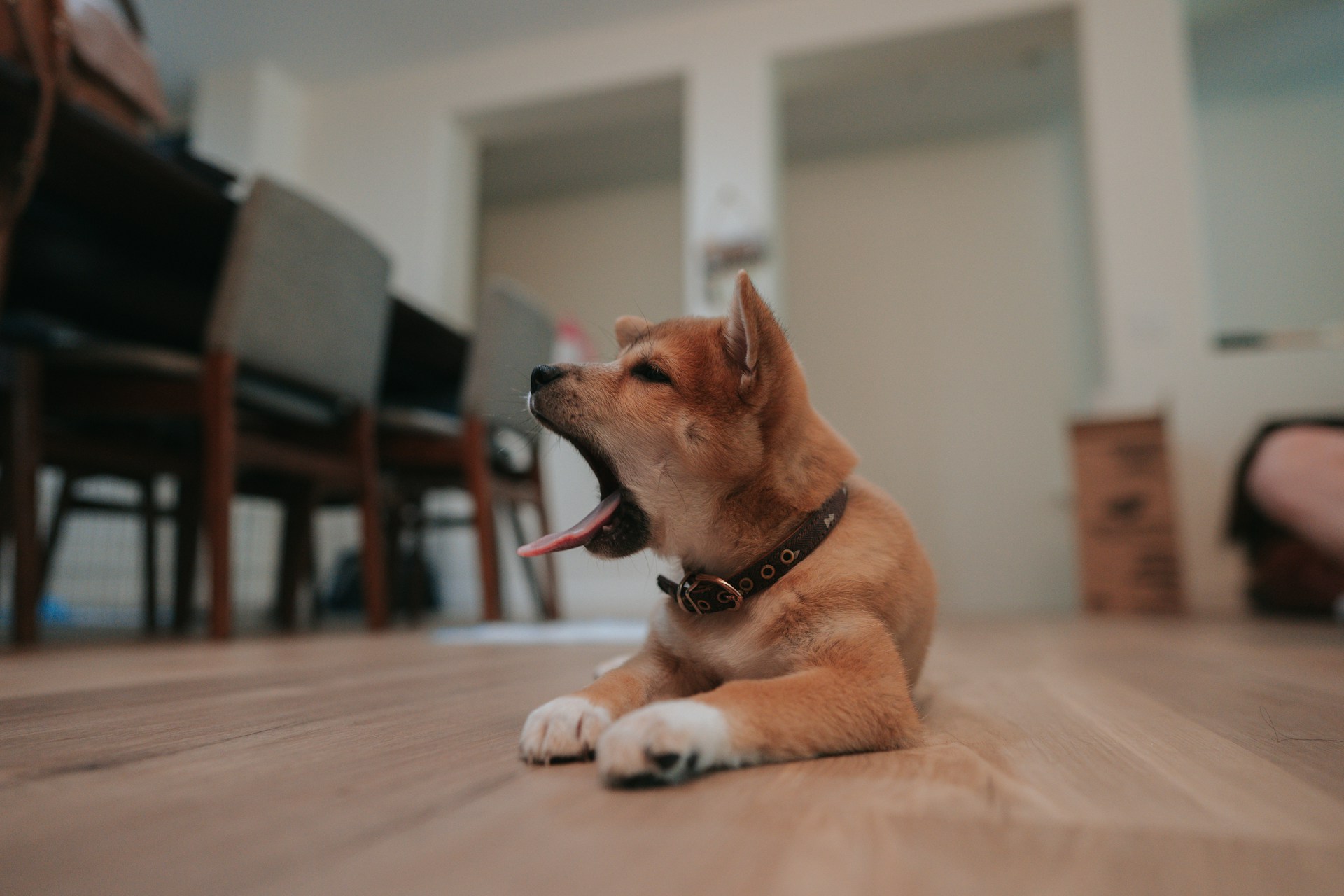Why Dogs Chew and What It Means
Chewing is a natural behavior for dogs. It helps them explore their world, relieve stress, or soothe teething pain in puppies. However, when your dog starts chewing furniture, it can be frustrating and costly. Understanding why they chew is the first step to addressing it. Common reasons include boredom, anxiety, lack of exercise, or simply not having enough appropriate chew toys. At Friends With Tail, we know redirecting this behavior is key to solving dog chewing solutions.
Chewing often peaks in puppies, who use their mouths to learn about their environment. Adult dogs may chew when stressed, understimulated, or seeking attention. By identifying the cause, you can choose the best strategy to protect your furniture and keep your dog happy. For example, a bored dog might need more playtime, while an anxious dog may benefit from calming techniques.
Providing Safe Chew Alternatives
One of the best ways to stop your dog from chewing furniture is to offer appealing alternatives. Here’s how to choose and use chew toys effectively:
- Select Durable Toys: Choose toys designed for heavy chewers, like rubber bones or nylon chews. Ensure they’re safe and non-toxic.
- Match Your Dog’s Preferences: Some dogs prefer soft toys, while others like hard ones. Test different textures to find what your dog loves.
- Use Interactive Toys: Puzzle toys or treat-dispensing chews keep your dog engaged longer, reducing the urge to chew furniture.
- Rotate Toys Regularly: Swap out toys every few days to keep them exciting. A “new” toy is more appealing than furniture.
- Supervise at First: Watch your dog with new toys to ensure they’re safe and to encourage chewing on them instead of household items.
By providing plenty of fun, safe options, you give your dog a better outlet for their chewing instincts.
Training to Redirect Chewing
Training helps your dog learn what’s okay to chew and what’s off-limits. Here are steps to redirect their chewing behavior:
- Catch Them in the Act: If you see your dog chewing furniture, interrupt with a calm “no” or a noise like clapping. Avoid yelling, as it can scare them.
- Offer a Toy: Immediately give them an appropriate chew toy and praise them when they take it. This teaches them what’s okay to chew.
- Teach “Leave It”: Train your dog to stop chewing on command. Hold a treat near an item they like to chew, say “leave it,” and reward them when they back off.
- Reward Good Choices: When your dog chews their toy instead of furniture, praise or treat them. Positive reinforcement builds good habits.
- Practice Daily: Spend 5–10 minutes reinforcing “leave it” or redirecting to toys. Short, consistent sessions work best.
Patience is key. Redirecting chewing takes time, especially for puppies or dogs with strong chewing habits. Keep training positive to make it enjoyable for your dog.
Protecting Your Home from Damage
While training your dog, protect your home from chewing damage. These steps can save your furniture and reduce stress:
- Use Bitter Sprays: Apply pet-safe, bitter-tasting sprays to furniture legs or fabrics. These deter chewing without harming your dog.
- Cover Furniture: Use washable covers or blankets on sofas and chairs to protect them. This also makes cleanup easier.
- Limit Access: Block off rooms with furniture your dog targets when you’re not home. Baby gates or crates work well.
- Provide Ample Exercise: A tired dog is less likely to chew destructively. Daily walks, fetch, or training sessions burn energy.
- Check for Teething: If your puppy is teething, offer frozen chew toys or wet washcloths to soothe their gums.
Combining these protections with training ensures your home stays safe while your dog learns better habits. For more puppy behavior tips, check out Friends With Tail.
Long-Term Behavior Management
To prevent chewing in the long run, build habits that keep your dog engaged and content. Here’s how:
- Maintain a Routine: Regular exercise, feeding, and playtimes reduce boredom and stress, which can lead to chewing.
- Enrich Their Environment: Offer puzzle toys, scent games, or training challenges to keep your dog mentally stimulated.
- Monitor Stress Levels: Changes like moving or new pets can trigger chewing. Address stress with calming techniques or extra attention.
- Reinforce Training: Periodically practice “leave it” and reward chewing on toys to keep good habits strong.
- Check Toy Supply: Ensure your dog always has access to appropriate chew toys, especially when you’re away.
Long-term management keeps chewing under control and helps your dog thrive. Consistency and enrichment are the keys to lasting success.
Key Takeaways
Stopping your dog from chewing furniture is achievable with the right approach. By understanding why they chew, offering safe alternatives, and using consistent training, you can redirect their behavior. Protect your home while training and focus on long-term habits to keep chewing at bay. With patience and positive reinforcement, your dog will learn to chew the right things, saving your furniture and strengthening your bond. Share your chewing challenges or tips in the comments, or explore more resources for a happy pup!

